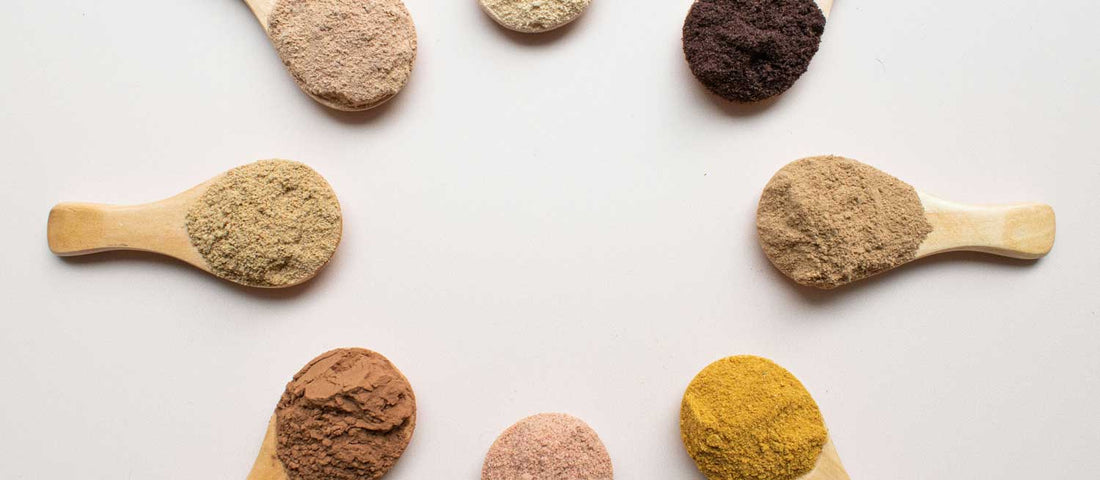
Warrior's Guide to Clean Bulking
Militia Co.
Quick Navigation
When it comes to building muscle, the difference between "clean bulking" and "dirty bulking" can make or break your long-term fitness goals. Clean bulking focuses on gaining lean mass with minimal fat gain, optimizing your performance, aesthetics, and health. Here's how to bulk like a warrior—clean, efficient, and disciplined.
What Is Clean Bulking?
Definition:
Clean bulking is a strategic approach to muscle building that emphasizes consuming nutrient-dense foods and maintaining controlled calorie surpluses to prioritize lean mass gain.
Key Principles:
- Controlled Caloric Surplus: Eating slightly above your maintenance calories (300–500 kcal/day).
- Nutrient Timing: Prioritizing nutrient intake around workouts to fuel performance and recovery.
- High-Quality Foods: Focusing on whole, unprocessed foods to maximize nutrient intake and minimize fat storage.
Steps to Master Clean Bulking
1. Calculate Your Caloric Needs
What to Do:
- Find your maintenance calories using a calculator or app.
- Add 300–500 calories to create a moderate surplus.
Why It Matters:
A controlled surplus provides the energy needed for muscle growth without excessive fat gain.
Actionable Tip:
Track your intake with a food diary or app to ensure consistency.
2. Prioritize Protein
What to Do:
- Aim for 1.2–2.2 grams of protein per kilogram of body weight daily.
- Distribute protein evenly across meals to optimize muscle protein synthesis.
Why It Matters:
Protein is the building block of muscle and crucial for recovery and repair.
Actionable Tip:
Include a lean protein source (e.g., chicken, fish, eggs, tofu) in every meal.
3. Focus on Quality Carbs and Fats
Carbs:
- Consume complex carbohydrates like oats, quinoa, sweet potatoes, and brown rice.
- Adjust carb intake around workouts to fuel performance and replenish glycogen.
Fats:
- Incorporate healthy fats like avocados, nuts, seeds, and olive oil.
- Limit processed fats and trans fats.
Why It Matters:
Carbs provide energy, while fats support hormone production and overall health.
4. Train Like a Warrior
What to Do:
- Focus on progressive overload—gradually increase weight, reps, or intensity.
- Incorporate compound lifts (e.g., squats, deadlifts, bench press) to build strength and size.
- Balance heavy lifts with hypertrophy-focused exercises (8–12 reps per set).
Why It Matters:
Muscle growth requires consistent stimulation and recovery.
5. Manage Recovery
What to Do:
- Get 7–9 hours of quality sleep per night to support muscle repair.
- Prioritize active recovery and rest days to avoid overtraining.
Why It Matters:
Recovery is when muscles grow and adapt to training stress.
6. Track Your Progress
What to Do:
- Monitor body weight weekly—aim for 0.5–1 pound of gain per week.
- Take progress photos and measurements to assess muscle-to-fat ratio changes.
Why It Matters:
Tracking helps ensure you're gaining muscle without excessive fat.
Scientific Breakdown of Clean Bulking
-
Caloric Surplus and Lean Mass Gain:
A modest surplus allows the body to prioritize muscle synthesis without storing excess fat. -
Protein Synthesis:
Regular protein intake maximizes muscle protein synthesis (MPS), the process of building new muscle tissue. -
Nutrient Timing:
Consuming carbs and protein pre- and post-workout optimizes energy and recovery, enhancing performance and muscle repair. -
Progressive Overload:
Systematically increasing training stress is the primary driver of muscle growth.
Common Pitfalls to Avoid
Too Large a Caloric Surplus:
Rapid weight gain increases fat storage, making cutting phases longer and harder.
Fix: Stick to a 300–500 calorie surplus.
Neglecting Recovery:
Overtraining without proper rest impedes progress and increases injury risk.
Fix: Plan rest days and prioritize sleep.
Relying on Processed Foods:
Dirty bulking with low-nutrient foods leads to poor energy levels and health complications.
Fix: Stick to whole, nutrient-dense foods.
Conclusion
Clean bulking is the warrior's approach to building muscle—disciplined, strategic, and focused. By controlling your calorie intake, emphasizing quality nutrition, and training smart, you can maximize muscle gain while minimizing fat. Follow these steps, and you'll be well on your way to achieving a powerful, lean physique that stands the test of time.

